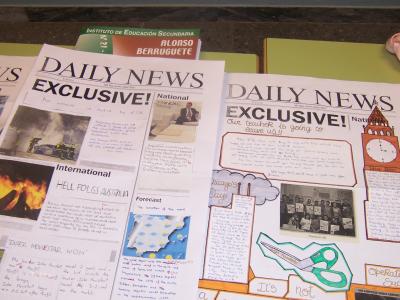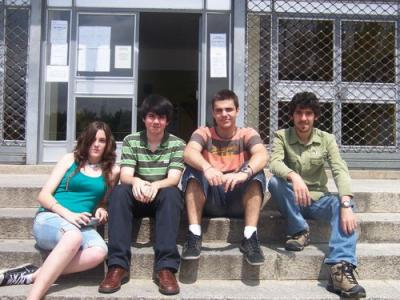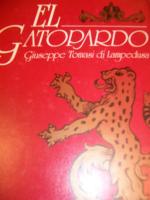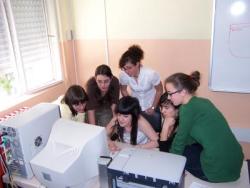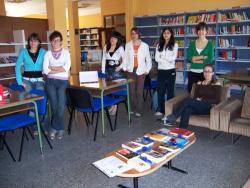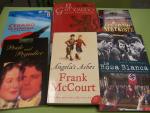
Of course you know this virtual iniciative launched by European Schoolnet. And here we are to tell you about this first experience.
We are a group of teachers from different schools and levels. Last November we registered our schools in the etwinning European webpage. First we got used to the outline of the site and then we learnt how to surf and use the different tools in it. Was it easy? Yes, it was, so once we succeeded in getting an etwinned school, we decided to create this blog and share with you all our accomplishment.
Etwinning is a virtual space where schools can pair up with other European schools. Each pair will choose a shared topic to work with their students. The elearning virtual space provides different tools to enhance ways to develop projects with our students. Once we registered and gave the basic info from our schools, we launched a topic and waited to see if it was interesting for any other school. We got some answers from schools all over Europe, we sent messages back and finally we linked to one of the schools. We are doing school activities with students. Once a month they write a report and send it to the twinned school which will send us back their own report on the same topic. We also plan on using the other tools provided by the system (chat, profile, forum, calendar, twinfinder, mailbox, my candidates, twin space, progress card, bulletin board and my team).One of the proposals was related to literature.
Students were prompted to read a book once a month and write a report in English. As an addition the students would watch the film based on the book. With this activity, we hope the students would broaden their cultural awareness of the country where the book is located. So we called the project: Magnificent Seven: Seven books, Seven Films (from seven different European countries).
We’ll keep updating the info about our process. We promise we’ll keep your hooked to our projects.
ETwinning 2007: "Magnificent Seven: 7 books, 7 films, 7 European countries".
Teachers: Maria Eugenia Matía y Ángel del Olmo. IES Alonso Berruguete. Palencia. Spain.
Students: Mónica Polo, Maitane Sardón, Rut Romero, Silvia Rodriguez, Ioana Stariminova, Andrea Vaca, Jaime Gago y Pablo Medina.
Books & films read and seen by students from 2º Bachillerato & 2º ESO:
"Il Gattopardo" , Giovanni Tommaso di Lampedusa (Italy).
"Angela´s Ashes", Frank McCourt (Ireland).
"Cyrano de Bergerac", Edmond de Rostand (France).
"Alatriste", Arturo Pérez Reverte (Spain).
"Pride and Prejudice", Jane Austen (G. Britain).
"Sophie Scholl; The Last Days"(Germany).
"Broderna Lejonhjarta", Astrid Lindgren (Sweden)
.................................................................................
Slovakian school: Stredná priemyselná škola, Komárno (Eslovaquia)
